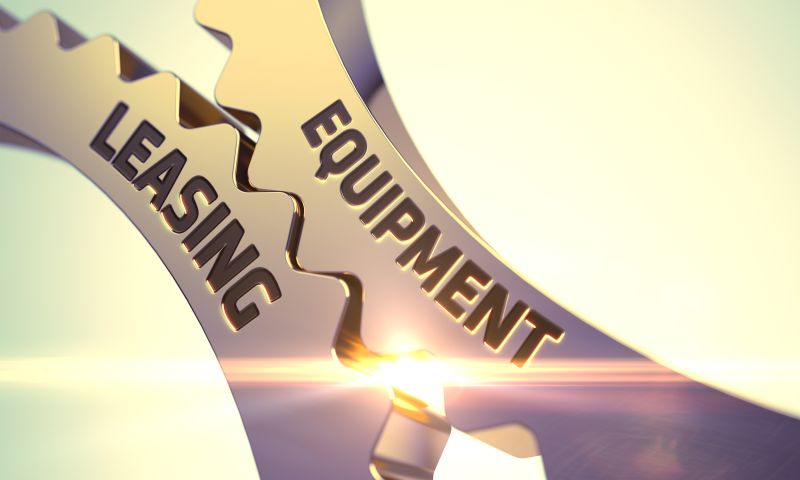 Leasing can offer a variety of benefits that cut across equipment types, such as maintaining cash or preserving lines of credit, avoidance of risk on asset utilization, and flexibility gained from having access to a wider range of funding options. Of course, each business will have to factor in its own situation and financial considerations. The decision must be company-specific.
Leasing can offer a variety of benefits that cut across equipment types, such as maintaining cash or preserving lines of credit, avoidance of risk on asset utilization, and flexibility gained from having access to a wider range of funding options. Of course, each business will have to factor in its own situation and financial considerations. The decision must be company-specific.
For example, some companies always use operating leases. Why? Because operating leases—essentially, time-delimited rentals—make the most sense for markets and equipment that can change rapidly. These would include high tech equipment or high-use equipment that will have to be replaced every few years. On the other hand, some businesses employ much longer-lived equipment that can run for many years without needing any significant upgrades. In these situations, a more traditional loan or capital lease may be the best alternative.
The variables going into the leasing calculation, however, are not always easily defined. For many, the key question is, “What happens at the end of the lease?”
If it’s equipment that is central to the company’s operations and with a long useful life, some companies tend to avoid operating leases that have a fair market value residual or buyout. If the buyout or residual appears high, and having the lessor or bank reclaim the equipment will cause serious disruption to the business, then the company needs to protect its investment. For example, with the equipment racks filling a warehouse, you wouldn’t want somebody coming in and saying, ‘I’m going to tear out all of your rack.’ At the end of the fifth year if you are depending on these racks to run your business for the next 20 years.
This situation may require a guaranteed buyout provision for these leases, to avoid the risk of disruption when the lease runs out. Essentially, the policy is to ultimately “own something that has a long useful life”—like equipment racks—“and lease things that have a short useful life”—like technology or higher use equipment.
But wait—there’s more to it than that. What gets murky is the in-between. For instance, for one “fairly significant investment” your bias may be to buy it because you want to own it long-term. But the lender could come back with an attractive interest rate on an eight-year lease that had a five-year buyout clause. This way you could effectively own the equipment by leasing in the short term—for the first five years—and then buy at the end of the fifth year for a fixed price.
It’s the best of both worlds—so long as you know all the variables were nailed down, so it was measurable. For example, absent the protection of a guaranteed buyout that might push you over to short-term leases which you might use for items such as lift trucks or servers.
Roy Royer of Somerset Capital also weighs in on the need to consider a full range of options in the leasing market. “The more solutions you can come up with for customers where they feel like they have a little more flexibility, the better,” he says. For example, a company may start out with a relatively short 24-month lease for production equipment, because it’s booked a 12-month backlog of orders and the outlook for another 12 is good. By adding in a fixed purchase option, says Royer, “they basically know they can have a test period. Going in, they will know they can walk away in 24 months, if they want, or buy it for the fair market value.”
For more than 30 years, Somerset Capital helps our customers go beyond finance with services around the financing of equipment. By expanding options with our team of experts you can company to achieve more. Let’s talk.
Learn more about how we can help your company think bigger and go beyond finance by going to www.somersetcapital.com


